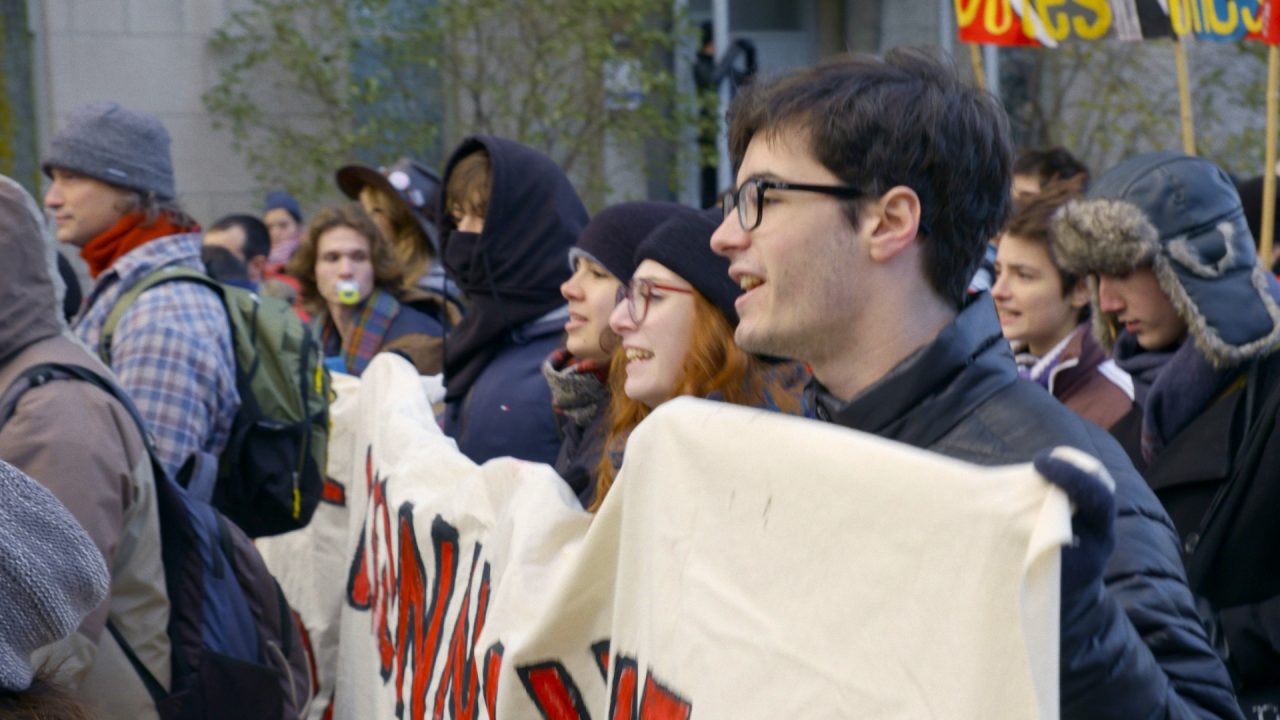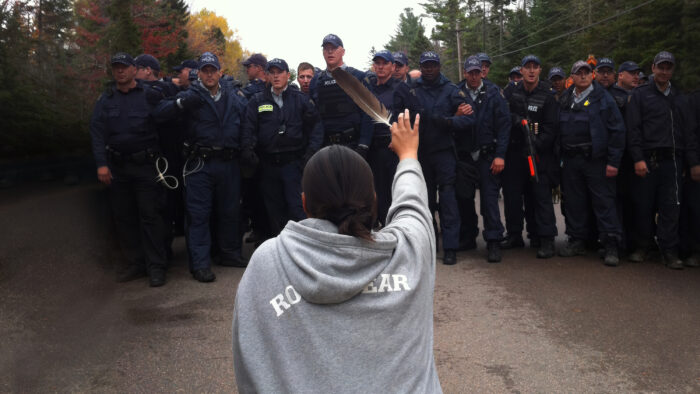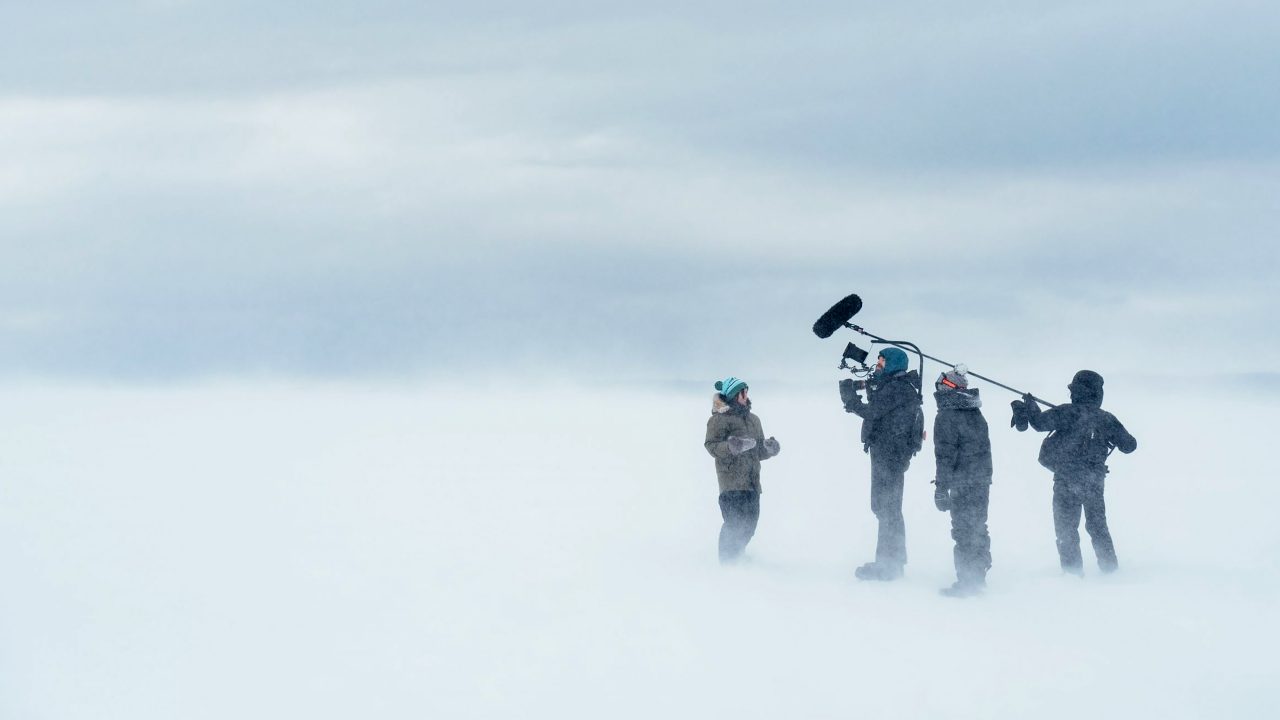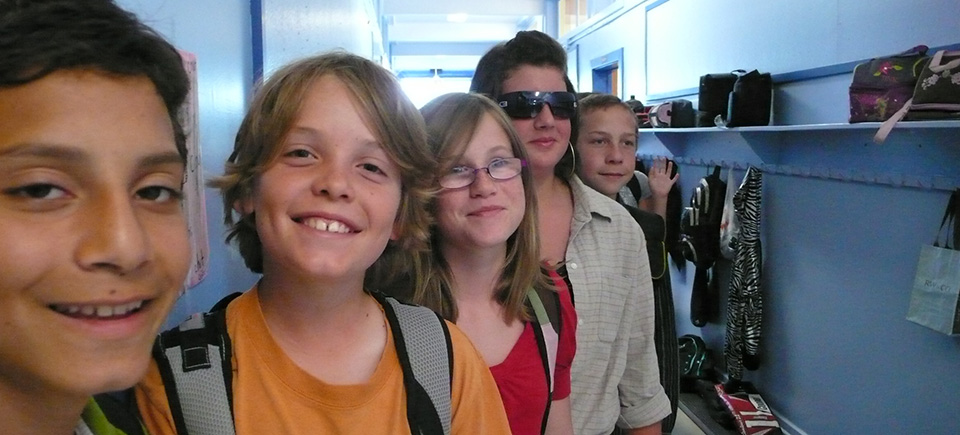
6 Back-to-School Films Celebrating Balance and Freedom
6 Back-to-School Films Celebrating Balance and Freedom
Back-to-school prep is in full swing! To fuel your ideas and help plan your classes, explore CAMPUS’s educational resources, which include a variety of films to suit your teaching needs.
Our online media hub focuses on three contemporary issues:
– diversity and inclusion;
– Indigenous voices and reconciliation;
– environment and sustainability.
In this post you’ll find suggested films and discussion points to help your students explore these important themes. Our chaptering tool enables you to select excerpts so you’re ready to show film clips in class.
Diversity and distinctiveness
The lesson that there’s no single right way of being is a huge part of teaching about diversity. Me and My Moulton covers the topic from the viewpoint of a young girl growing up in an unconventional family.
Me and My Moulton, Torill Kove, provided by the National Film Board of Canada
(11 years +) This film is available free of charge to CAMPUS subscribers. Your institution may have already purchased a subscription. Click here to check.
This animated short encourages enquiry about conformism versus individuality. What defines a person’s authenticity? Who benefits from societal conventions and who is harmed? Is conformism a sign of fear of asserting our differences? Is originality merely a trend? What do we mean when we talk about “normality” — is it relative or absolute?
The film explores finding your place in a world dominated by social convention, and it emphasizes the role that adults can play in accepting our differences. The film also highlights the role of open, honest family communication in ensuring everyone is free to be their authentic self.
Throughout the story, we see the film’s young protagonist becoming uncomfortable with the eccentric personalities of her parents. The way that her anxiety goes unspoken provides an excellent jumping-off point for student dialogue. Further angles for discussion, such as reflection on the effects of stress, and how comparison with others can be harmful, are provided in our study guide.
The film Masks also touches upon full acceptance of ourselves as individuals. It’s the story of a young boy unable to stand the fact that we can wear any mask we want at any time. This Cuba/Canada co-production is based on Article 14 of the United Nations Convention on the Rights of the Child.
Mascaras/Masques/Masks, Elisa Rivas, provided by the National Film Board of Canada
(13 years +) This film is available free of charge to CAMPUS subscribers. Your institution may have already purchased a subscription. Click here to check.
The film considers what individuality and authenticity really mean. Explore with your students the functions that these masks serve. What do they symbolize? The film is part of the Rights from the Heart series, a collection of animated films inspired by the Rights of the Child convention, and a stellar study guide is available.
In order to claim their right to cognitive liberty, children need to achieve an in-depth understanding of themselves. Respect and love of the self and of others are vital to experience real freedom. On the other hand, fear of the unknown and misunderstanding of our own complexity can create intolerance.
Indigenous roots and identity
Red Path, Thérèse Ottawa, provided by the National Film Board of Canada
(Free, 13 years +)
The short film Red Path integrates Indigenous cultural heritage into the very heart of the contemporary world. The film follows Tony Chachai’s path as he searches for his identity and lineage. How does he reconcile his profoundly traditional culture of origin with his modern life? Why does Tony undertake this search for identity at the same time as he is becoming a father?
This film can be the spark for so many research activities: a library search session about the role of the powwow in the Atikamekw community; an exploration of Indigenous rites like the purification ceremony; a guest-speaker visit from an Indigenous dancer or musician, with a lively Q&A on the meaning of the traditional rites; or a geography exercise where students draw maps of Indigenous lands as they existed before colonization, and then point out the locations of their homes and the places they’ve travelled.
As an extension of Red Path, watch the short film Breaths, which echoes Tony’s quest for identity. The traditional throat singing practised by Inuit Susan Aglukark is the focus of this narrative.
Breaths, Nyla Innuksuk, provided by the National Film Board of Canada
(Free, 12 years +)
The NFB is also proud to present Atanarjuat: The Fast Runner, the first feature-length film in Inuktitut (subtitled) and fully produced by Inuit filmmakers. This film deconstructs the stereotype of Indigenous people being separated from the world, by way of reviving an ancient Inuit legend.
Atanarjuat the Fast Runner, Zacharias Kunuk, provided by the National Film Board of Canada
(14 years +) This film is available free of charge to CAMPUS subscribers. Your institution may have already purchased a subscription. Click here to check.
The importance of green living
The film Cafeteria shows how the desire to improve the diet of schoolchildren in Cocagne, New Brunswick, created a profound transformation within a community that cares about its environment. What began as reforms for one school expanded to the entire region, as they pursued a common, sustainable goal for food sourcing without the involvement of multinational corporations. High school classes can use this film to address concepts such as industrial production and the linear versus the circular economy.
Cafeteria, Francine Hébert, provided by the National Film Board of Canada
(12 years +) This film is available free of charge to CAMPUS subscribers. Your institution may have already purchased a subscription. Click here to check.
Use the film to differentiate “standard of living” from “quality of life” by unpacking the concept of the Canadian Index of Wellbeing (CIW), which takes into account the economy, environment, physical and mental health, workplace well-being, social well-being and political health.
The functioning of our food supply chain is a main topic in Cafeteria. This diagram helps students compare and contrast the functioning of different kinds of economic systems, highlighting renewable resources versus excess waste.
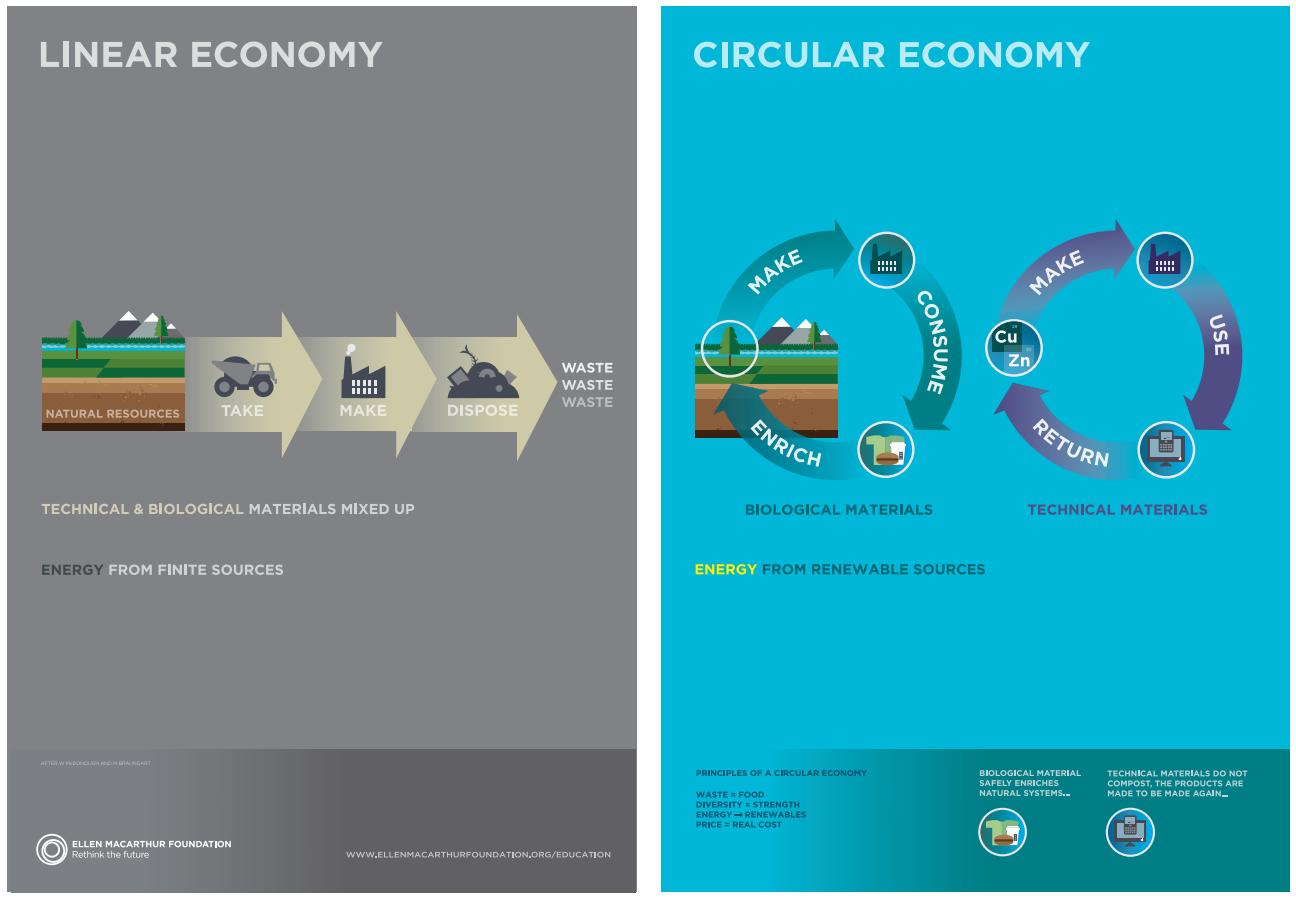
© Ellen MacArthur Foundation
Central to the idea of green living is that we are all stakeholders in the balance of nature, so we have to show respect for nature and live in harmony with it. You could design a creative activity around this theme, such as writing an illustrated story that portrays a wasteful food system (linear economy) in contrast to a sustainable one (circular economy), or students could generate an original infographic of these systems.
The film Debris brings to life the nourishing and transformative power of art and culture. There’s a related blog post that explores how creative activities like the initiative described in the film can really contribute to improving environmental awareness.
So from all of us here at NFB Education, have a great new school year!
